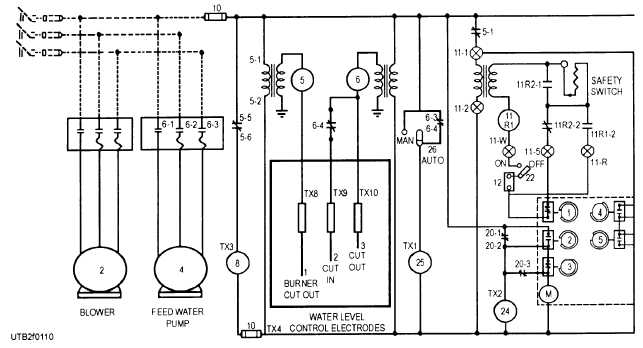
Figure 1-10. - A typical boiler circuit.
WARNING
When the water level is proved using the try cocks, personnel should stand off to the side of the try cocks away from the discharge. The discharged hot steam or very hot water can cause severe burns.
Gauge Glass
The gauge glass is located on the water column, as shown in figure 1-6, item 3. The gauge glass allows the boiler operator to see the water level in the boiler. Normally there are two valves associated with the gauge glass. One valve is located at the top and one is located at the bottom of the gauge glass. These two valves, named gauge cock valves (fig. 1-6, item 2). secure the boiler water and steam from the gauge glass. Another valve (fig. 1-6, item 4) located in line with the gauge glass, is used to blow the gauge glass down.
SAFETY VALVE
The SAFETY VALVE shown in figure 1-11 is the most important of boiler fittings. It is designed to open automatically to prevent pressure in the boiler from increasing beyond the safe operating limit. The safety valve is installed in a vertical position and attached directly to the steam space of the boiler. The location can be seen in figure 1-6, item 8. Each boiler has at least one safety valve; when the boiler has more than 500 square feet of heating surface, two or more valves are required.

Figure 1-11. - A spring-loaded safety valve.
Continue Reading